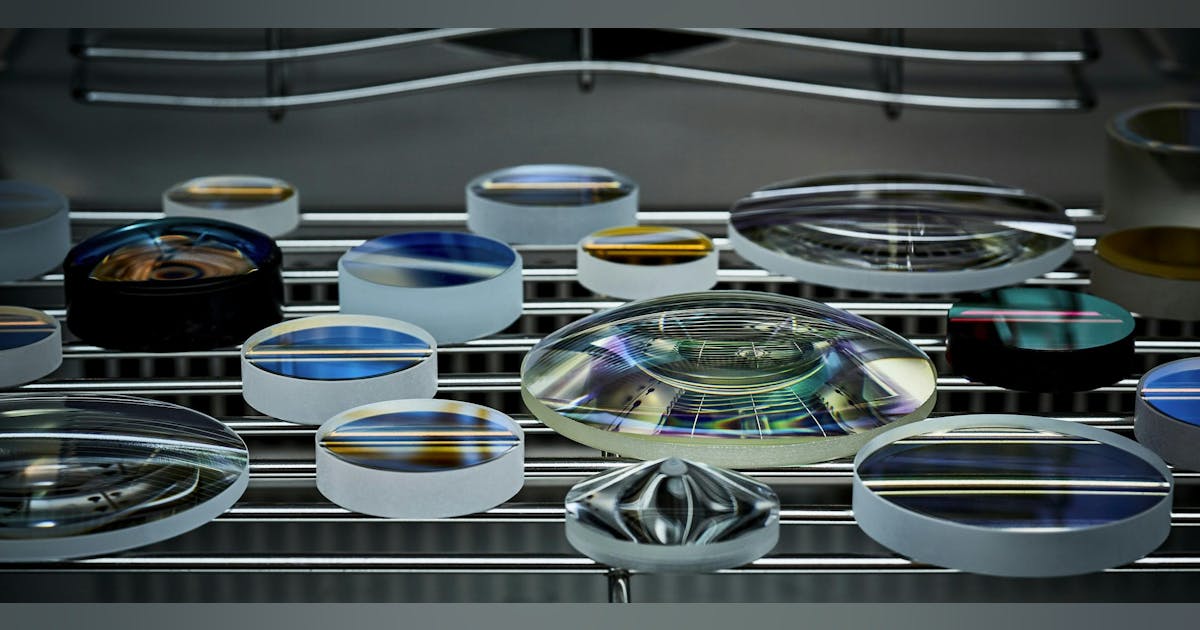While designed for spaceborne light detection and ranging (LiDAR) validation, the study demonstrates why such multidimensional test regimes, combining radiation, thermal, and high-repetition laser stress, are essential to qualify coatings for modern defense systems.
Current advances in optical coatings
When coating systems are developed for defense and space, it often begins with one basic question: What will the environment do to this optic?
In the industry, partners are asking for coatings qualified through radiation, thermal, and laser exposure data. We need to show how it performs through testing, prove it with documentation, and align it with real mission parameters, proving that we use the suitable technology. Currently, different types of coatings emerge because of this.
While researchers and manufacturers are constantly designing thin-film coatings that are not only durable but also multifunctional, some of the latest developments are holding the line: Abrasion-resistant coatings, such as hard ceramic films like alumina (Al2O3), silica (SiO2), and hafnia (HfO2), are layered to resist scratches from sand or grit. Some labs enhance these coatings with zirconium oxide to improve erosion resistance while maintaining transparency.
Hydrophobic and oleophobic layers are important for humid or contaminated environments. Fluoropolymer-based or nanotextured coatings repel water and oil, but even bioinspired structures appear. These include moth-eye-like nanopillars that can achieve water contact angles over 135°—more than 2x that of an untreated surface.
Broadband antireflective (AR) stacks are suggested when traditional AR coatings fail under heat due to thermal mismatch. Modern stacks use subwavelength structures or graded-index materials to improve optical transmission and thermal resilience. In one recent case, an AR nanostructure survived 250°C stress tests without optical degradation. While standard dielectric coatings often endure 300° to 500°C, polymer-based AR nanostructures rarely match it.
MS (such as the one in our previously discussed study), ion beam sputtering (IBS), and atomic layer deposition (ALD) are also raising the bar on coating density. These methods virtually eliminate pinholes, minimize water ingress, and prevent delamination—even under vacuum or humidity extremes.
And hybrid multifunction stacks are emerging, because no single coating solves everything. Defense optics increasingly use multilayer stacks that include an abrasion-resistant base, a hydrophobic topcoat, AR, and even antistatic layers in between. Some are topped with ultrathin transparent films to protect nanotextures while preserving their function. Overall, these layered, engineered coatings are becoming the backbone of optics that must endure thermal cycling, shock, sandstorms, and radiation exposure.
Defense spending and laser weapons drive demand for sub-ppm coatings
Demand for sub-ppm coatings from national defense agencies and space programs in the EU between 2021 and 2024 increased the total defense expenditure by more than 30% to reach an estimated €326 billion ($381B) last year.
Projects like TALOS-TWO, the first European sovereign 100-kW high-power laser weapons, are accelerating development of extreme-resistant optics. Such use cases as directed-energy systems require sub-ppm absorption mirrors to avoid heat-induced distortion. While many people think that only IBS-deposited mirrors reach lower than 1 ppm absorption and demonstrate record-high LIDTs, our practice shows that MS can do it even better—and it enables operation at higher power densities without beam degradation.
In missile guidance systems, dichroic mirrors and beamsplitters are now fabricated with IBS or MS to eliminate microscopic voids and improve film density. These improvements translate directly into performance and stability, as well as service life.
Across applications, the trend is clear: Optical systems must now balance ultralow absorption, mechanical robustness, and thermal stability. Sub-ppm coatings, dense dielectric films, and advanced substrates are all converging to help defense optics operate longer and more reliably—without adding weight or bulk. As space missions, high-power laser systems, and autonomous defense platforms scale up, optical coatings are no longer a supporting detail.
